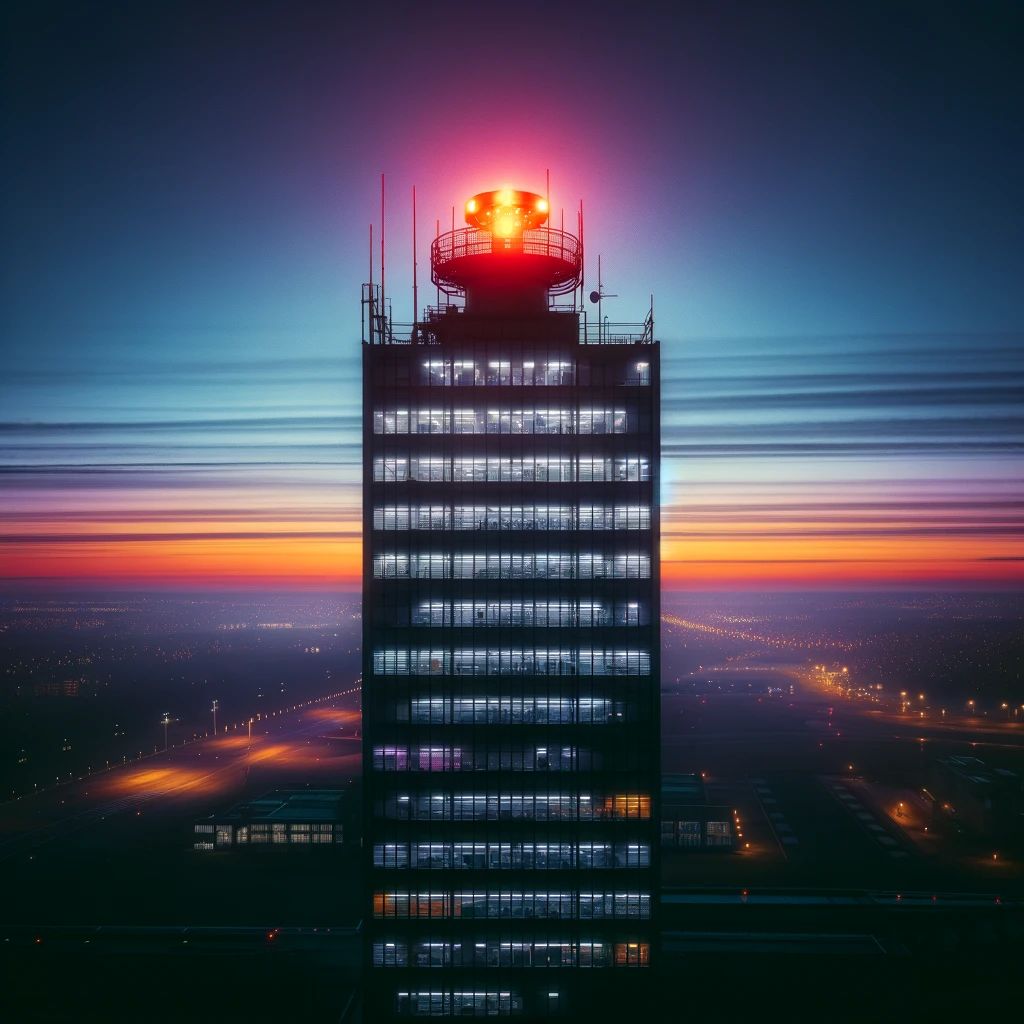When it comes to aviation safety, obstruction lights play a crucial role in ensuring that pilots can navigate the skies with confidence. These bright, flashing beacons are designed to alert pilots to the presence of tall structures, such as buildings, towers, and wind turbines, that could pose a hazard to aircraft. In this comprehensive guide, we’ll explore the requirements for obstruction lights in aviation, delving into the regulations, types, and importance of these vital safety features.
Understanding the Regulations for Obstruction Lights
The Federal Aviation Administration (FAA) sets strict guidelines for the use of obstruction lights in aviation. These regulations, outlined in the FAA’s Advisory Circular 70/7460-1L, specify the height, color, and flash rate of obstruction lights, as well as their placement on structures.
According to the FAA, any structure that exceeds 200 feet above ground level (AGL) must be equipped with obstruction lights. However, shorter structures may also require lighting if they’re located near an airport or if they’re considered a hazard to air navigation. Read more about What Are Helipad Perimeter Approach Lights? here.
Types of Obstruction Lights in Aviation
There are several types of obstruction lights used in aviation, each with its own unique characteristics and applications. Let’s take a closer look at some of the most common types:
- Single (Red Obstruction Lights: These lights are used to mark the highest point of a structure and are typically placed on the top of buildings, towers, and other tall objects. They emit a steady red light and are visible for several miles.
- Medium-Intensity Flashing White Lights: These lights are used to mark structures that are between 200 and 500 feet AGL. They flash white light at a rate of 40 flashes per minute and are visible for several miles.
- High-Intensity Flashing White Lights: These lights are used to mark structures that exceed 500 feet AGL. They flash white light at a rate of 40 flashes per minute and are visible for up to 20 miles.
- Double Obstruction Lights: These lights combine red obstruction lights with either medium- or high-intensity flashing white lights. They’re used to mark structures that exceed 500 feet AGL and provide an extra level of visibility for pilots.
The Importance of Aircraft Warning Lights for Buildings
Obstruction lights are particularly important for tall buildings, as they help pilots maintain a safe distance and avoid collisions. In fact, the FAA requires that any building or structure that exceeds 200 feet AGL must be equipped with aircraft warning lights.
These lights must be placed on the highest point of the building and must be visible from all directions. They should also be equipped with a backup power source, such as a battery or generator, to ensure that they remain operational even in the event of a power outage.
 |
FAQs
- Q: What color are obstruction lights in aviation?
A: Obstruction lights in aviation can be red, white, or a combination of both, depending on the height and location of the structure they’re marking.
- Q: How often do obstruction lights need to be inspected?
A: Obstruction lights should be inspected at least once every 24 months to ensure that they’re functioning properly and meeting FAA regulations.
- Q: Can obstruction lights be turned off at night?
A: No, obstruction lights must remain on at all times, day and night, to ensure the safety of aircraft. read more about Why Are LED Aircraft Warning Lights Necessary? here
Solar Obstruction Lights: A Sustainable Solution
In recent years, solar obstruction lights have emerged as a popular and sustainable alternative to traditional obstruction lighting. These innovative lights harness the power of the sun to provide reliable, energy-efficient illumination for tall structures.
Solar obstruction lights are equipped with high-quality solar panels that capture sunlight during the day and store it in rechargeable batteries. At night, the batteries power the lights, ensuring that they remain operational even in the absence of sunlight. This not only reduces energy costs but also eliminates the need for expensive electrical infrastructure, making solar obstruction lights an attractive option for remote or off-grid locations.
In addition to their energy efficiency, solar obstruction lights are also designed to withstand harsh weather conditions. Many models feature rugged, weatherproof housings that can withstand high winds, extreme temperatures, and heavy precipitation. This durability ensures that solar obstruction lights can provide reliable, long-lasting performance, even in the most challenging environments.
As the world becomes increasingly focused on sustainability and renewable energy, solar obstruction lights are poised to play an even greater role in aviation safety. By combining the latest in solar technology with the proven effectiveness of obstruction lighting, these innovative lights offer a compelling solution for building owners, developers, and aviation authorities alike. read more about How Aviation Warning Lights Are Making a Difference in the Aviation Industry here.
Conclusion
Obstruction lights are a vital component of aviation safety, helping pilots navigate the skies with confidence and avoid collisions with tall structures. By understanding the regulations, types, and importance of these lights, we can all play a part in promoting safe and efficient air travel. Whether you’re a pilot, a building owner, or simply someone who appreciates the beauty of a well-lit skyline, it’s clear that obstruction lights are an essential part of modern aviation.
Your message has been sent
